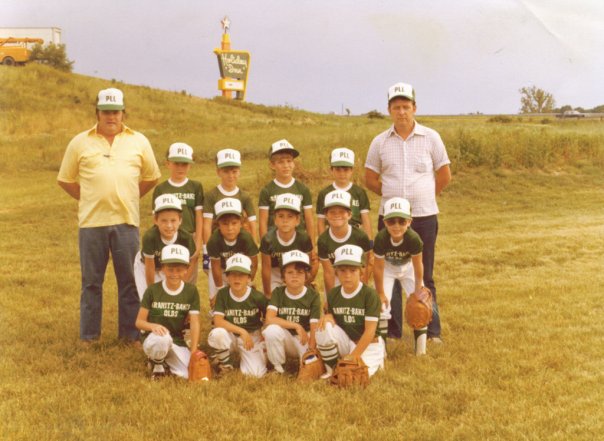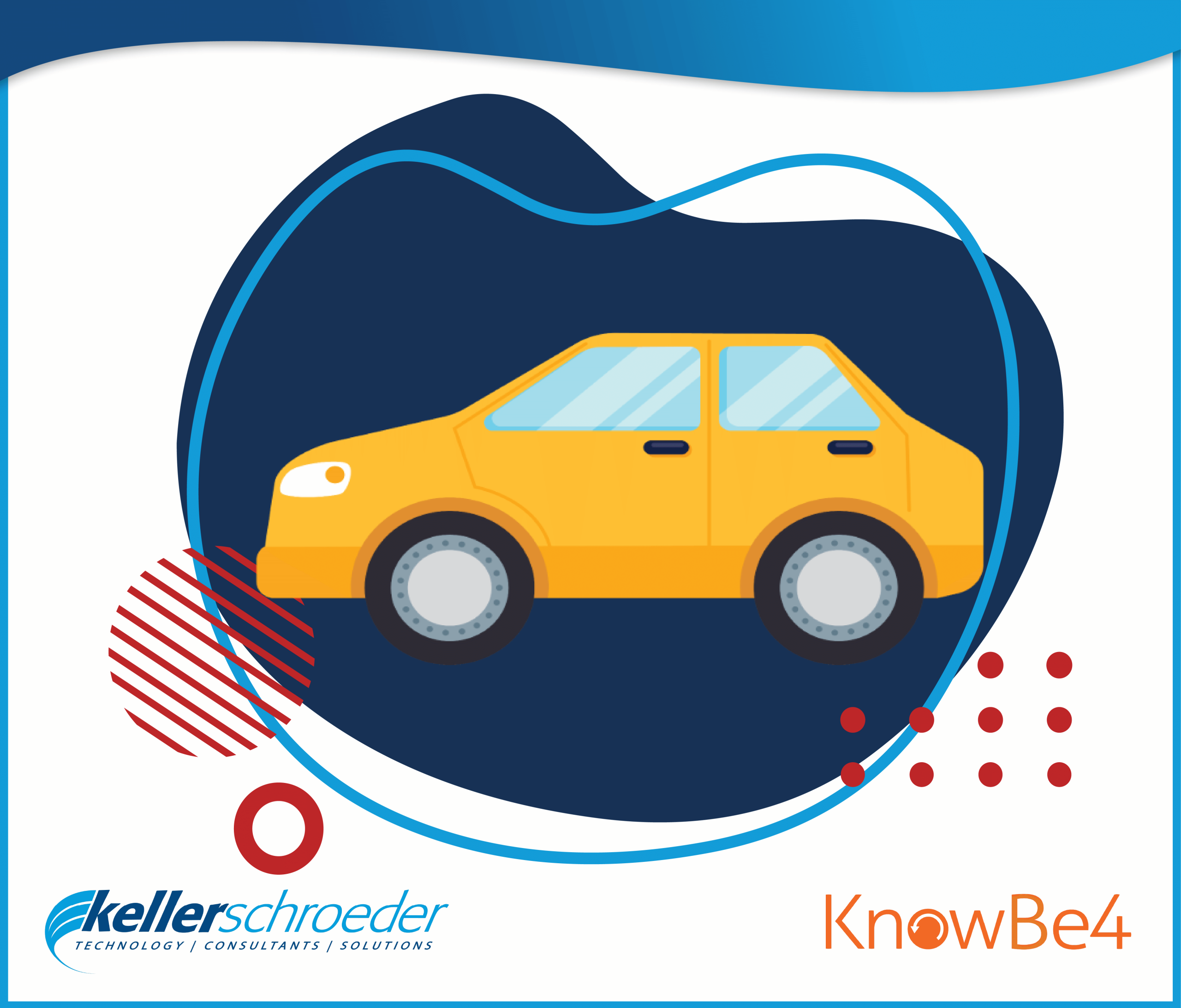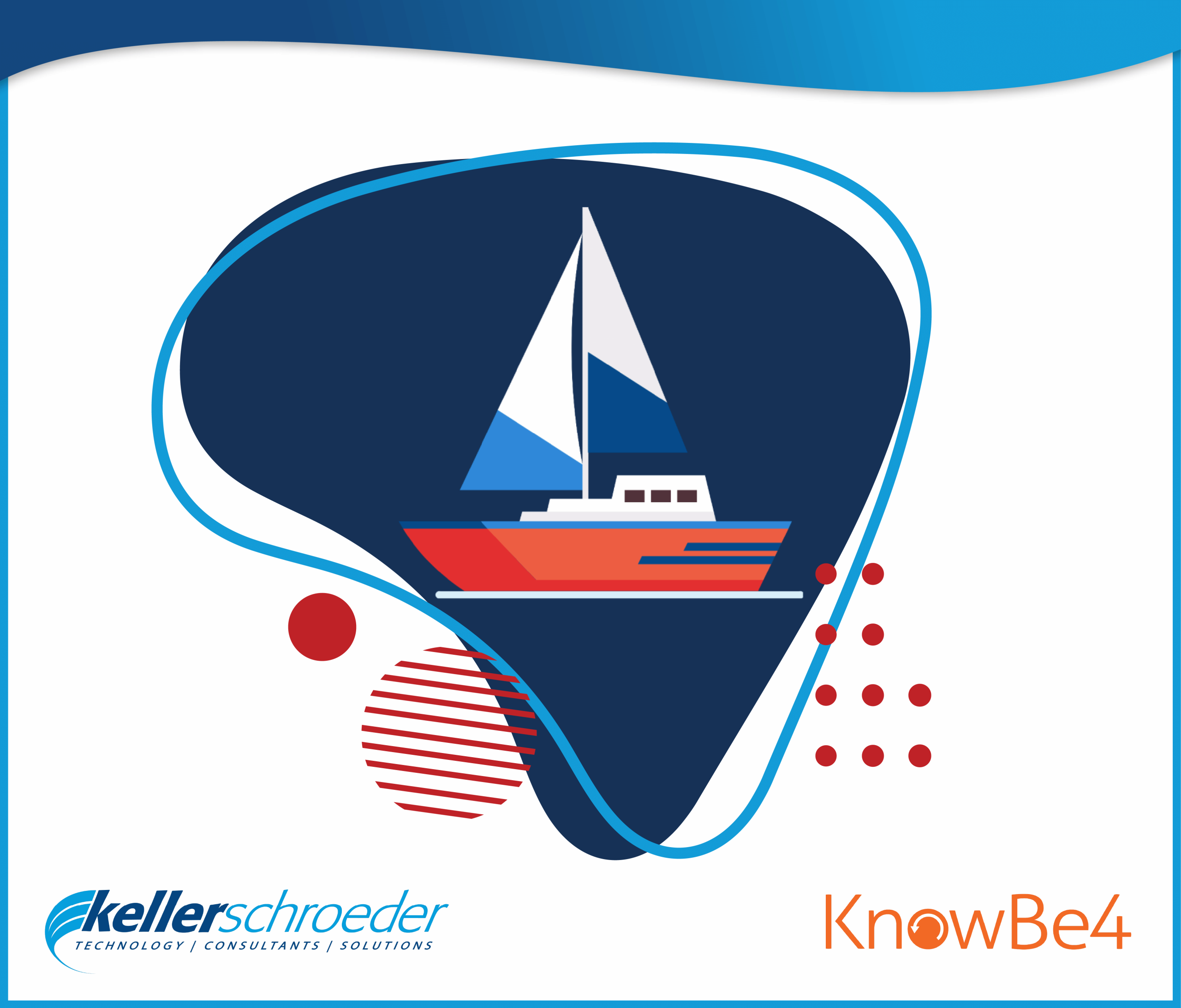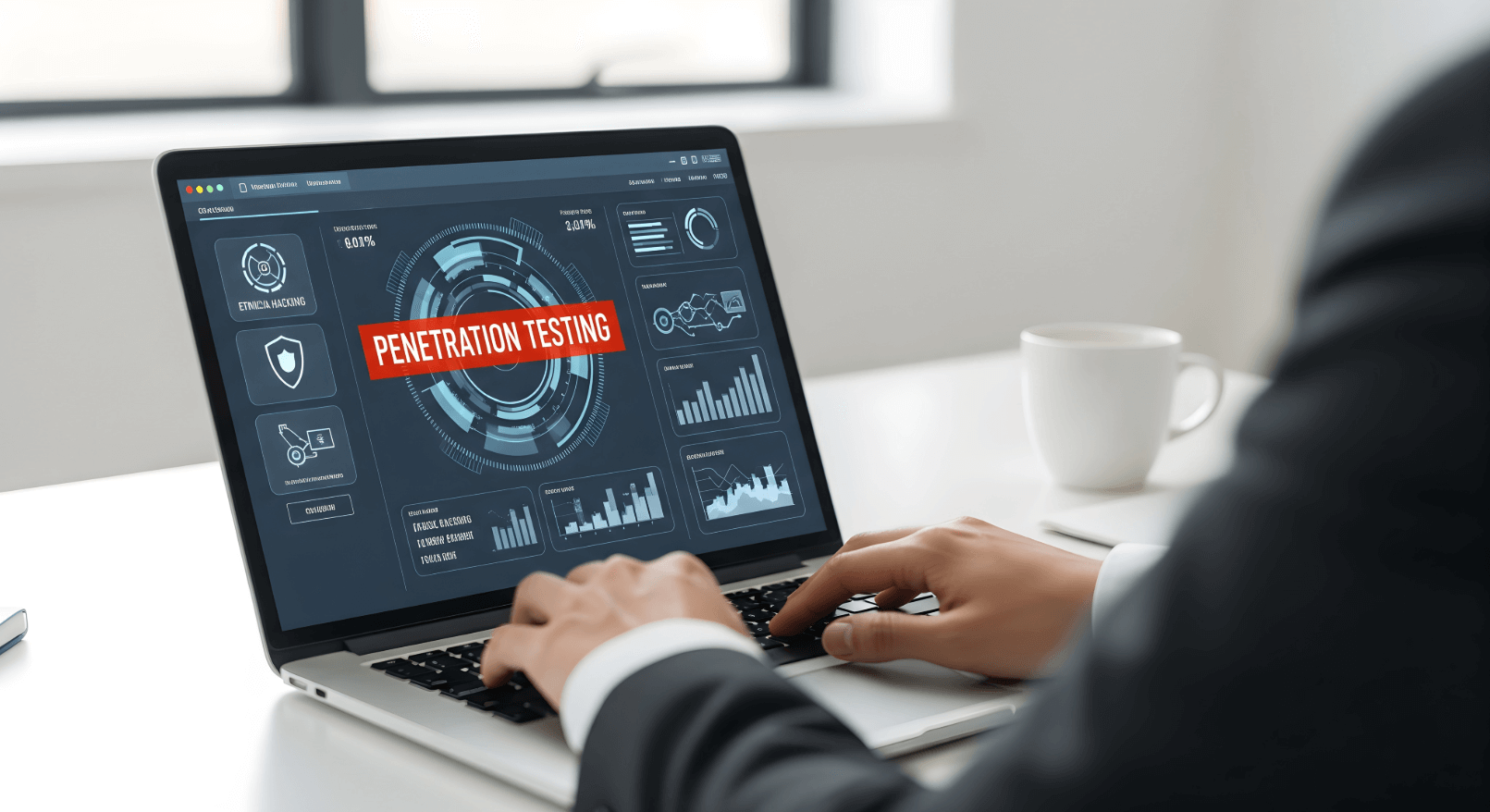For AI to be truly effective, it must rely on a rich foundation of internal data and rules, rather than solely on external information such as competitor analysis.
As March Madness brings the college basketball season to a close and Major League Baseball’s spring training is underway, let’s consider an example of innovation in Artificial Intelligence (AI) that may surprise you: the pitching machine. The pitching machine? Yes, the pitching machine.
The year was 1980. There was no such thing yet as T-ball in Princeton, Indiana. As 7-year-olds, our fates rested squarely in the hands of untrained dads known for saying “I wonder what this button does” feeding oversized golf balls to a spinning rubber wheel that hurled tiny, dimpled meteors toward us at a whopping speed of 35 miles per hour.
Right. Down. The. Middle.
Every. Single. Time.

The opening of the new ballpark in the valley below the bustling new Holiday Inn brought with it major advancements in pitching machines. The new machines were much better than the highly mechanical, spring-loaded, rusty arm machines used at the former fields. They were much more predictable, too. I recall if your first name was “Chad”, “Brad”, or “Keith”, you were able to get full extension on your swing and crush the ball over the fence at will. Those guys only lasted half the year in the T-Shirt League. They were “drafted” to play with the 12-year-olds, we were told, and had to face real pitchers. When we overheard the World War II era telephone pole-mounted public address system announce them as they walked to the plate two fields away, we beamed with a little bit of pride for our friends sprinkled with a touch of envy. But, I digress.
What those early rotary pitching machines introduced to our league was consistency. As a batter, it gave me the advantage because I knew where it would cross the plate every time. While that seemed like a good thing on offense, on defense it gave away our competitive advantage. The opposing coaches responded by stacking their teams with strong hitters who practiced regularly with said pitching machines. Every position player in the infield was a candidate to receive a nice lump on the forehead. My 7-year-old brain decided the safest place for me was squatting in padded gear behind home plate, and so began my catching career.
Innovation in the pitching machine industry continued to change the game. First, it was the mounted ball feeders which allowed the dads to raise their arms fewer times from the five-gallon bucket on the ground to the spinning wheel. Let’s call that “automation.” Next, the addition of a second spinning wheel with variable speed controls and adjustable angles allowed them to chuck who-knows-what at you. Let’s call it “programmable features” – a treasure trove of random pitch deliveries for the curious, still untrained dads and a source of night terrors for the young lads in the batter’s box. Fast forward to modern times and the world-renowned authority on the history of pitching machines, AnyTimeBaseballSupply.com1, touts machines that can be programmed to throw a variety of pitches programmed in a sequence. Let’s call them “workflows” – the demise of untrained dad versus Chad.
Herein lies the dilemma. Workflows are great, but how can you accurately predict each time who will come to the plate or what the count will be? How do you know what pitch to toss based on the context? In the world of business, we have relied upon Decision Support Systems (DSS) for many years. Properly trained employees can gain valuable insights from dashboards and make better decisions. With years of experience, employees leverage the programmable features at their disposal to respond to changing conditions and continue to produce a high-quality product in the same way a trained dad (Dad 2.0) can ground out Chad 2.0 with a sinker if he can accurately predict he’s going to swing every time on a 3-0 count.
Therein lies the second dilemma. These valued employees are very difficult to reproduce. They are highly skilled at making decisions that fare well for your organization. They have years, even decades, of institutional knowledge filed away in their minds. These rockstars represent your competitive advantage. What happens when they are gone if that knowledge goes with them? Their replacements won’t have that level of knowledge and muscle memory for months or even years. This is why so many companies are starting to turn to AI – to attempt to proliferate their wisdom. But, again, if you have not sufficiently captured the internal rules they process to make their decisions or the data they base those rules on, you may lose your competitive advantage when you lose them. If your fallback plan is to base your AI on the same external data your competitors are using, where is your competitive advantage?
Before you can deploy a meaningful AI strategy, you must start with a Digital Transformation to prepare your organization for this new world of work. A Digital Transformation includes the digitization of your proprietary institutional knowledge, automation of processes and workflows, capturing and leveraging your own data that may be distributed across various spreadsheets throughout your organization or tossed in a waste basket on a sheet of paper. The information your rockstars have been consuming to fuel their good decisions is wasted if not retained. Before you deploy a corporate Data Strategy that includes Machine Learning against high-quality data models, you must undergo a Digital Transformation to be sure the data is captured accurately during the normal course of your business processes.
“Before you can deploy a meaningful AI strategy, you must start with a digital transformation to prepare your organization for this new world of work.”
When your programmable features and workflows are sufficiently informed by your proprietary Decision Support Systems in an automated approach that reproduces the muscle memory of your best knowledge workers, that is the type of Artificial Intelligence that will provide you with a competitive advantage.
You will be happy to know that according to the foremost experts on pitching machines1, the future includes AI-driven pitching machines that will “respond to a batter’s skill level and tendencies.” So, if Chad 3.0 is wearing fluorescent cleats on a Tuesday under the lights while batting from the left side of the box with the wind coming in at 5 miles per hour from right field and the count is 3-1 with two outs and a runner in scoring position…
You gotta love baseball!
If you want to learn how Keller Schroeder can help with your Digital Transformation, or if you want to talk baseball, contact our Applications Solutions Group today!
1(https://www.anytimebaseballsupply.com/blogs/news/the-evolution-of-pitching-machines)
Written By:

Rob Wilson
Principal Consultant, Greater Nashville Area
Applications Solutions Group




